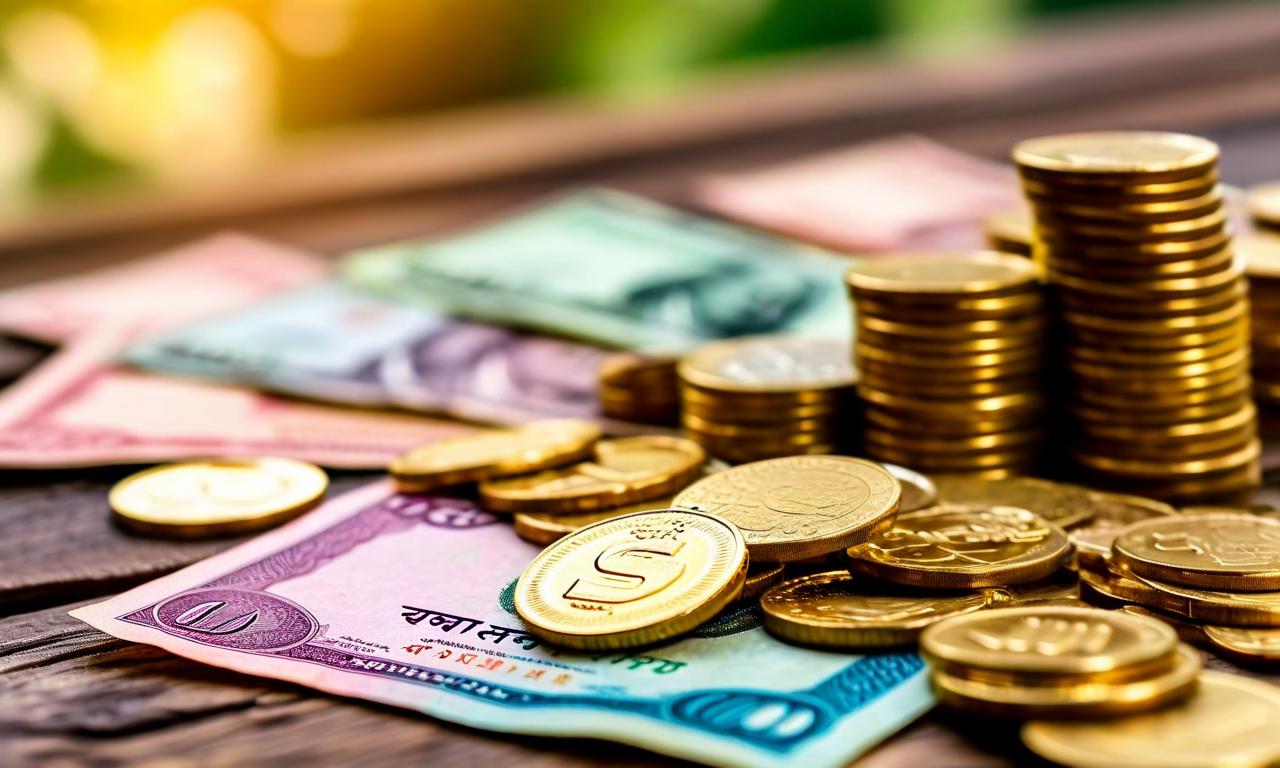India's Foreign Exchange Reserves Dip by $2.33 Billion
India's foreign exchange reserves have decreased by $2.33 billion, now standing at $700.24 billion. This decline from the previous level of $702.57 billion could potentially impact currency stability, import financing, and economic confidence. Despite the reduction, the current reserve level still provides a significant financial buffer for India's economy.

*this image is generated using AI for illustrative purposes only.
India's foreign exchange reserves have experienced a notable decline, according to the latest financial data. The country's forex reserves, a critical indicator of economic stability and external financial position, have decreased by $2.33 billion.
Current Reserve Position
The latest figures reveal that India's foreign exchange reserves now stand at $700.24 billion, down from the previous level of $702.57 billion. This represents a significant reduction in the nation's foreign currency assets.
Implications of the Decline
The decrease in forex reserves could have several implications for India's economy:
Currency Stability: A robust forex reserve helps maintain the stability of the rupee against other currencies. This decline might potentially impact the rupee's position in the international market.
Import Cover: Forex reserves are crucial for financing imports. While the current reserve level is still substantial, any continued decline could affect India's import capabilities.
Economic Confidence: Foreign exchange reserves are often seen as a measure of a country's ability to meet its external obligations. This decrease might influence investor sentiment and economic confidence.
Factors Influencing Reserve Levels
While the specific reasons for this decline are not mentioned in the current data, foreign exchange reserves can be affected by various factors, including:
- Interventions by the central bank in the currency market
- Fluctuations in foreign currency assets
- Changes in gold valuations
- Variations in Special Drawing Rights (SDRs) with the IMF
Perspective on Reserve Adequacy
Despite the recent decline, it's important to note that India's foreign exchange reserves, at $700.24 billion, still represent a significant financial buffer. This level of reserves continues to provide substantial economic security and flexibility in managing external financial obligations.
The Reserve Bank of India and financial policymakers will likely monitor this situation closely, as maintaining adequate forex reserves is crucial for economic stability and growth in the global financial landscape.

























